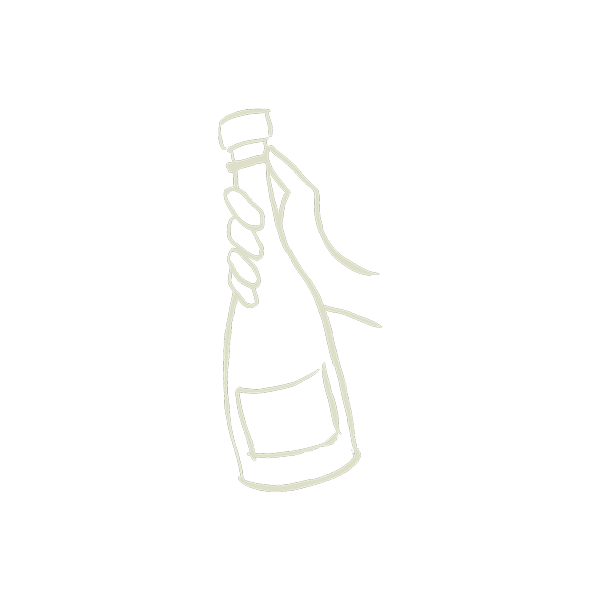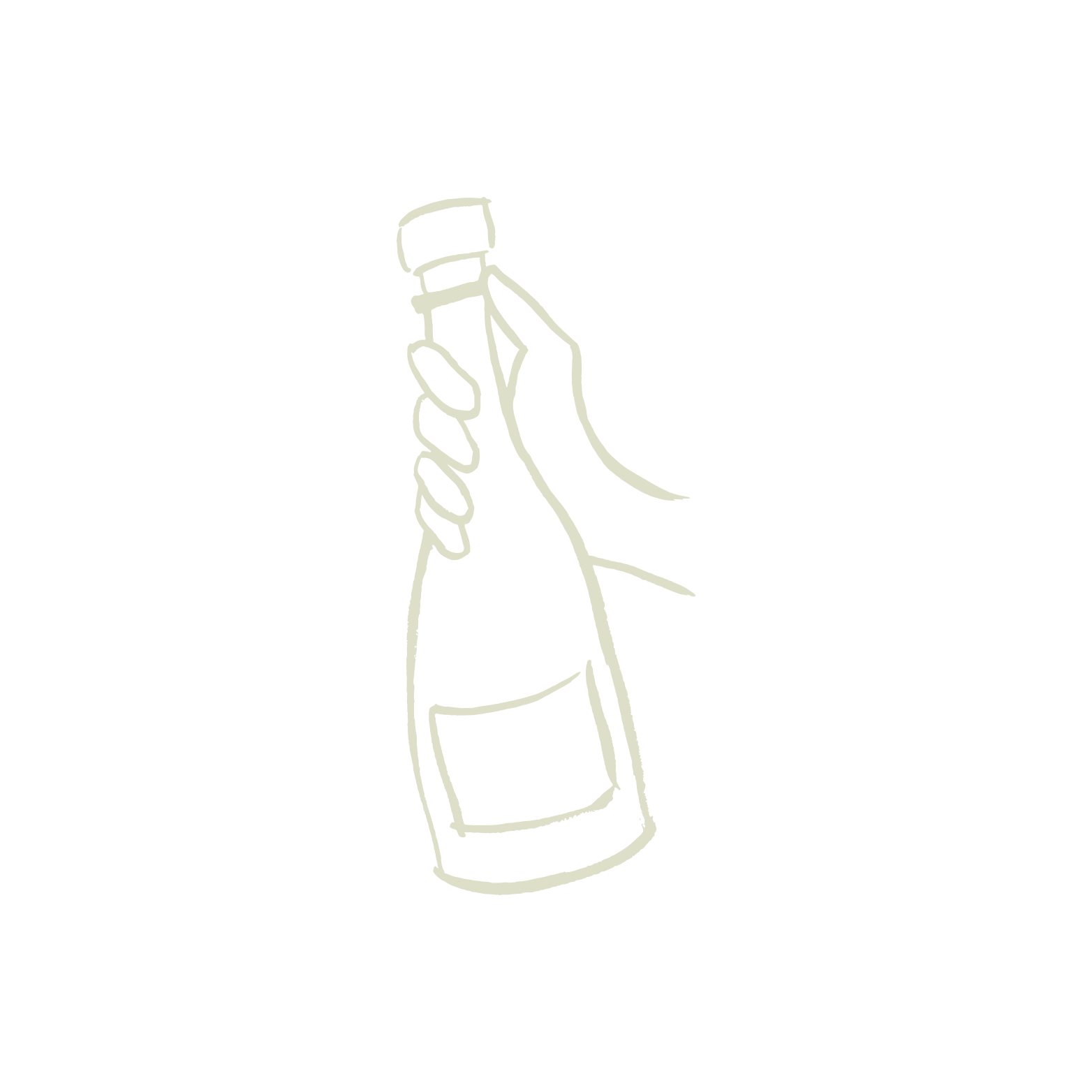What the funk is fermentation?

From handpicking only full clusters of grapes during a declared window of time to aging sûr latte for a minimum of 15 months (three years for vintage), the Methode Champenoise is full of rules that all Champagne vignerons must follow. But for as many strict regulations that exist, there are choices vignerons make along the way that add their own unique spin and personality to the final product. One of the biggest opportunities for a vigneron to show off their skills is during the first fermentation.
What the funk is fermentation? We’re so glad you asked! We’ll tell you all about this important step and recommend some of our favorite cuvées that highlight our vignerons’ amazing skills. But to understand fermentation and how vignerons make their mark, let’s take a quick look at the grapes and how they got there in the first place.

Harvest, pressing and settling
After harvest, the freshly picked grapes are taken to the pressing center, where whole clusters of grapes are carefully pressed one variety at a time. Vignerons perform this task as gently and carefully as possible so as not to color the juice with the skins — that is unless they’re making rosé de saignée, of course. (More on that later.)
The juice extracted during the pressing flows into an open tank called a “belon” where it is prepared for fermentation. The winemaker adds a small amount of sulfur dioxide, which acts as an antiseptic and antioxidant. It also prevents the growth of certain unwanted bacteria and mold. Then, the juice is left to settle, allowing any sediment to sink and collect at the bottom of the tank. After 12 to 14 hours, the winemaker draws off the clear juice at the top and transfers it to the “cuverie” or fermentation room.

And finally, (the first) fermentation
Fermentation, specifically primary or alcoholic fermentation, is the process by which grape juice becomes wine.* Just as important, it’s the starting point for each Champagne’s individual style and future sensory properties to develop. During fermentation, yeast turns the clarified juice or “musts” into wine by consuming the natural grape sugars and producing alcohol as well as floral and fruity aromas — which are telltale characteristics of young wines. The vigneron’s choice of vessel for fermentation informs unique characteristics of the wine.
*One of the things that makes Champagne so unique is that it undergoes two rounds of fermentation. As we said above, the first fermentation turns the juice into wine. The second fermentation happens in the bottle, and it’s what makes the still wine into the bubbly wine we know and love. We’ll save talk of that for another time.
Material Things
Old Burgundy or other used oak barrels are one of the most common choices for fermentation because they stand up to the high-acid characteristics of Champagne grapes. The porous nature of oak allows the wine to breathe, resulting in finesse, subtle nuances and rich, round and complex aromas. Wood’s tannins can also influence the wine. Used or neutral oak is much more subtle as opposed to new oak, which tends to impart overt woody aromas and flavors.
Try it: Ruppert-Leroy Fosse Grely Brut Nature 2020
Stainless steel vats are another popular go-to for Champagne production because they allow for precise temperature management and hands-on control during fermentation. They are also easy to keep clean, and they eliminate wine loss due to evaporation. Steel doesn’t impart any of its own flavors on the wine. Rather, it allows the grapes’ qualities to shine. Stainless steel produces wines that are austere, pure and clean.
Try it: Alexandre Lenique Cuvée Excellence Extra Brut
Funky fact: With meticulous control, the vigneron maintains the juice at a very low temperature from the trough below the press through the glycolic lines that feed it to the stainless steel fermentation tank.
Though they are traditionally less common in Champagne, clay or sandstone amphora vessels have been used for fermentation and to age wine around the world for thousands of years. Today, the method is an increasingly popular way for vignerons in Champagne to experiment with different techniques. Similar to wood, the egg-shaped concrete is porous, which allows wine to breathe. And like stainless steel, it’s a wonderful insulator, allowing more consistent temperature control. Clay and sandstone produce supple yet pure aromas, richness and depth of flavor.
Try it: Elise Dechannes Absolue Grès Blanc de Noirs Brut Nature
To saignée or not to saignée, that is the question.
When it comes to rosé, winemakers have another big choice that they must make before the first fermentation: whether or not to employ the rosé de saignée method. Saignée” means “bleeding” in French, and according to this method, rosé is made by squeezing the juice from red-skinned grapes after they have had a chance to rest on the skins for a bit, bleeding color and structure into the juice from the skins. Winemakers choose to let the juice rest with the skins anywhere from two hours to two days before it’s ready for fermentation in the cuverie. The saignée method produces pink bubbles that appeal to red wine drinkers. It also results in deeper hues, more structure and an added concentration of aromas and flavors.
The more common method for making rosé, rosé d’assemblage, involves blending mostly white with a touch of still red wine added before second fermentation. You can read more about this method and rosé de saignée in this recent blog post.
Try it: Jean Baillette-Prudhomme Rosé de Saignée Premier Cru Brut Nature
Funky fact: The juice rests with its skins for 24 to 48 hours to achieve the vignerons’ desired color and flavor.
Explore and expand your understanding of fermentation with this funky bundle featuring the techniques and methods discussed in this blog post:


